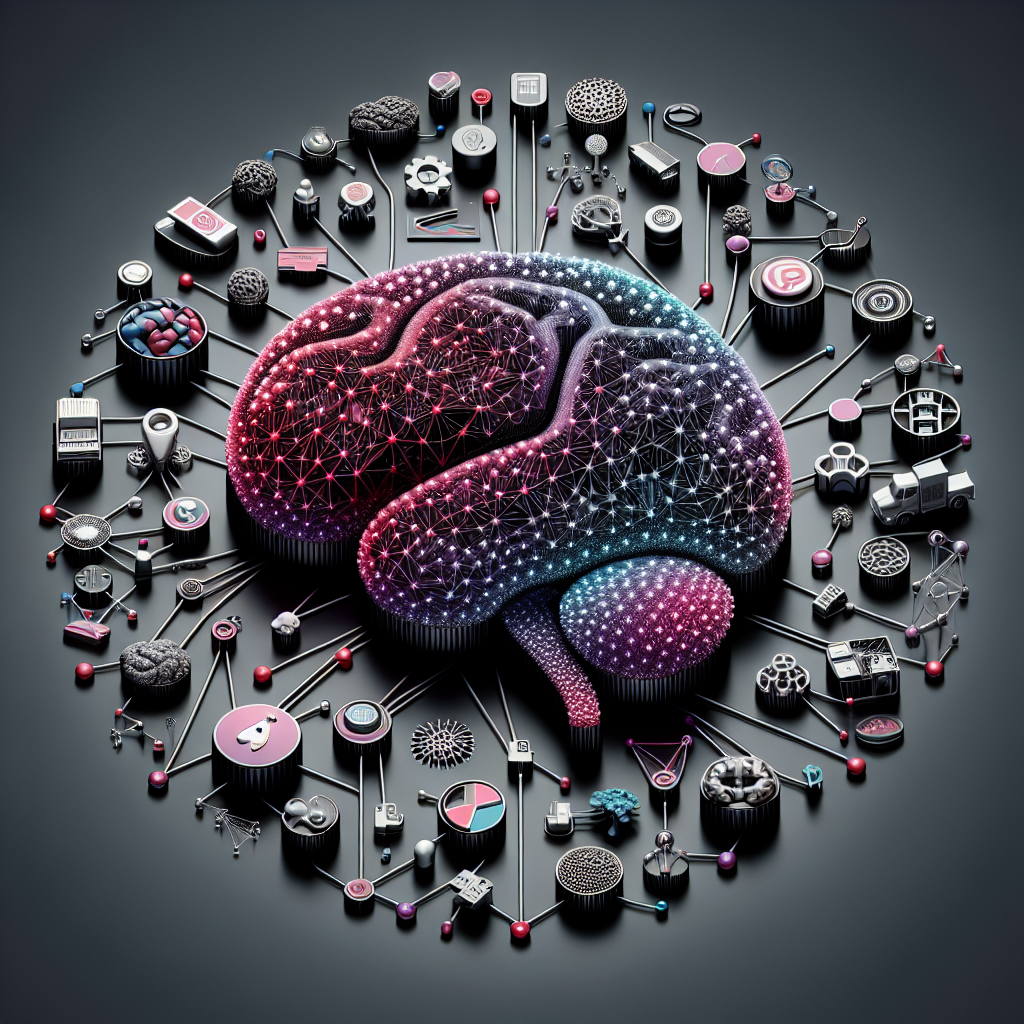Graph Neural Networks (GNNs) have emerged as a powerful tool for analyzing and learning from graph-structured data. In recent years, there has been a surge of interest in GNNs due to their ability to capture complex relationships and dependencies in data. From social networks to molecular structures, GNNs have shown promise in a wide range of applications. In this article, we will explore some real-world applications of GNNs and how they are being used in practice.
One of the most well-known applications of GNNs is in the field of social network analysis. Social networks are inherently graph-structured data, with nodes representing individuals and edges representing connections between them. GNNs can be used to predict links between individuals, identify communities within the network, and even detect anomalies or fraudulent activity. By leveraging the relational information encoded in the graph, GNNs can provide valuable insights into the structure and dynamics of social networks.
GNNs are also being used in bioinformatics and drug discovery. Molecular structures can be represented as graphs, with atoms as nodes and chemical bonds as edges. By applying GNNs to these graphs, researchers can predict properties of molecules, such as toxicity or bioactivity, and design new drugs more efficiently. GNNs have also been used to analyze protein-protein interaction networks, predict protein functions, and identify potential drug targets. By harnessing the power of GNNs, researchers are able to accelerate the drug discovery process and develop novel treatments for various diseases.
Another exciting application of GNNs is in recommendation systems. Online platforms such as e-commerce websites and social media platforms rely on recommendation systems to personalize content for users. GNNs can be used to model user-item interactions and make personalized recommendations based on the user’s preferences and behavior. By incorporating the graph structure of the data, GNNs can capture the complex relationships between users and items, resulting in more accurate and effective recommendations.
In addition to these applications, GNNs are being used in a variety of other domains, including finance, cybersecurity, and transportation. For example, GNNs can be used to detect fraudulent transactions in financial networks, identify network intrusions in cybersecurity, and optimize traffic flow in transportation networks. By leveraging the power of GNNs, organizations can gain valuable insights, make better decisions, and improve efficiency in their operations.
In conclusion, GNNs have shown great potential in a wide range of real-world applications. From social network analysis to drug discovery to recommendation systems, GNNs are revolutionizing the way we analyze and learn from graph-structured data. As researchers and practitioners continue to explore the capabilities of GNNs, we can expect to see even more innovative applications in the future.
#GNN #Practice #RealWorld #Applications #Graph #Neural #Networks,gnn


Leave a Reply